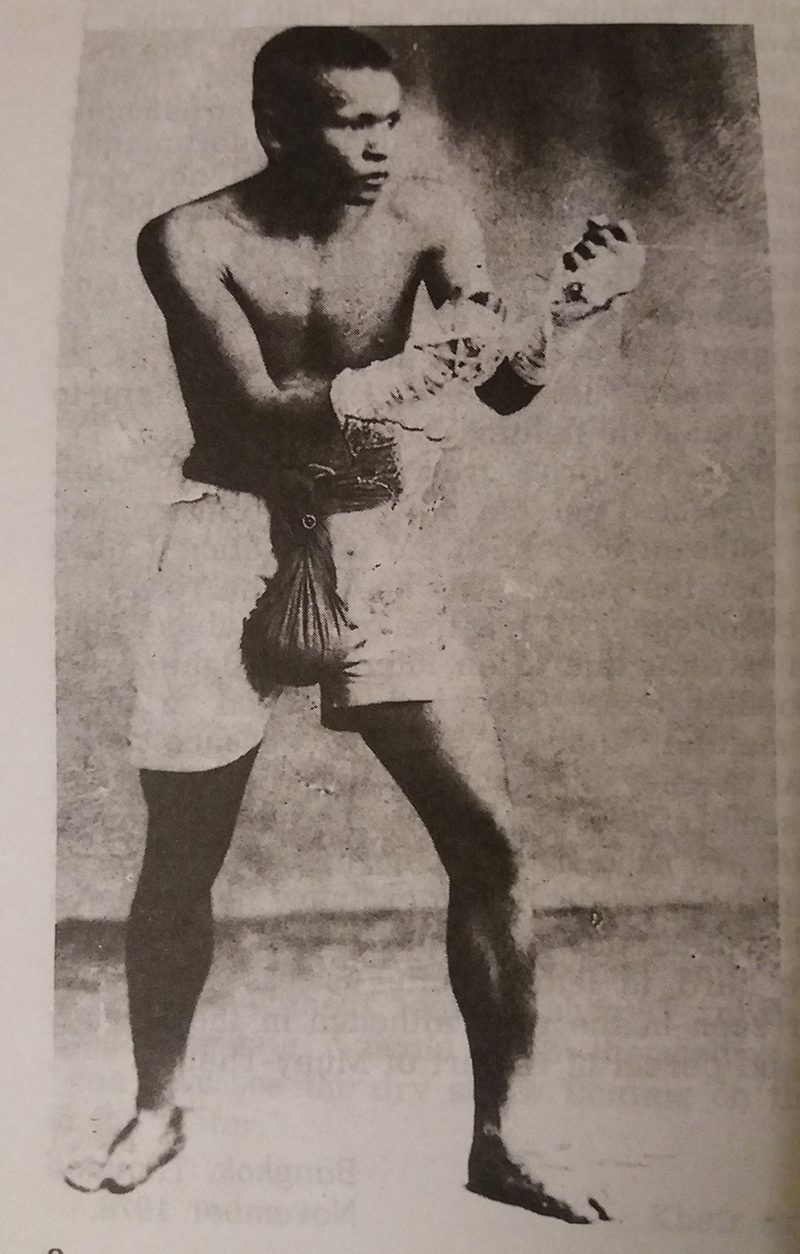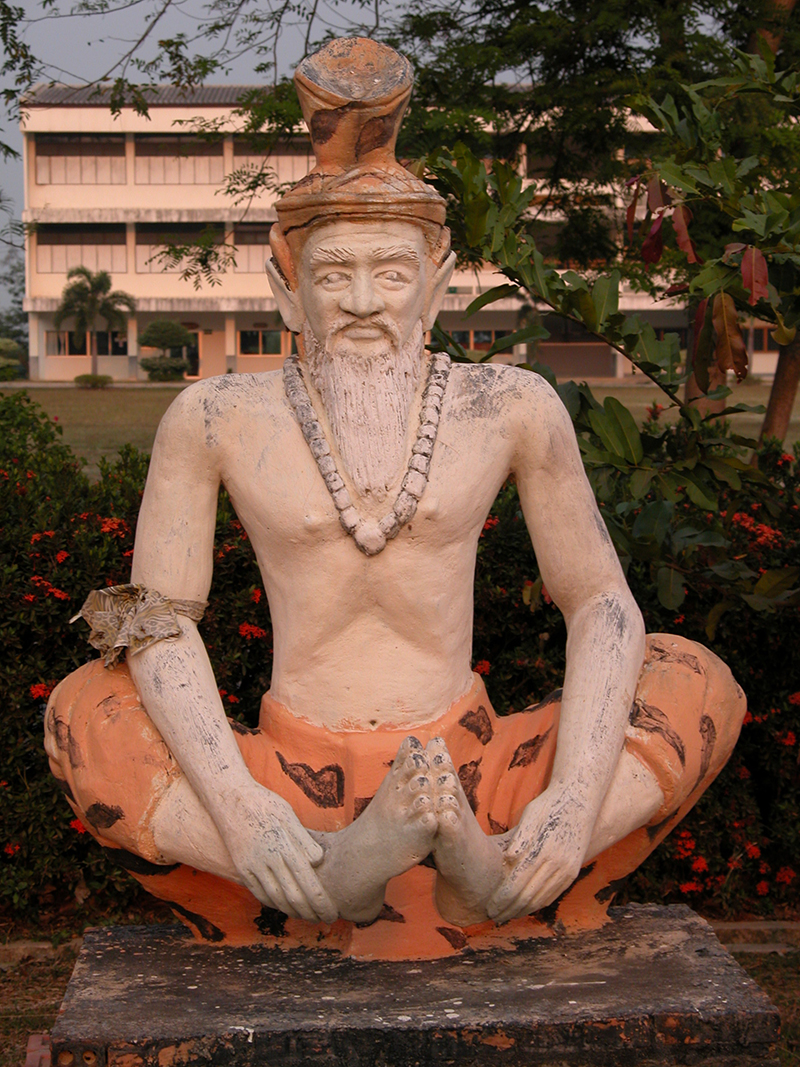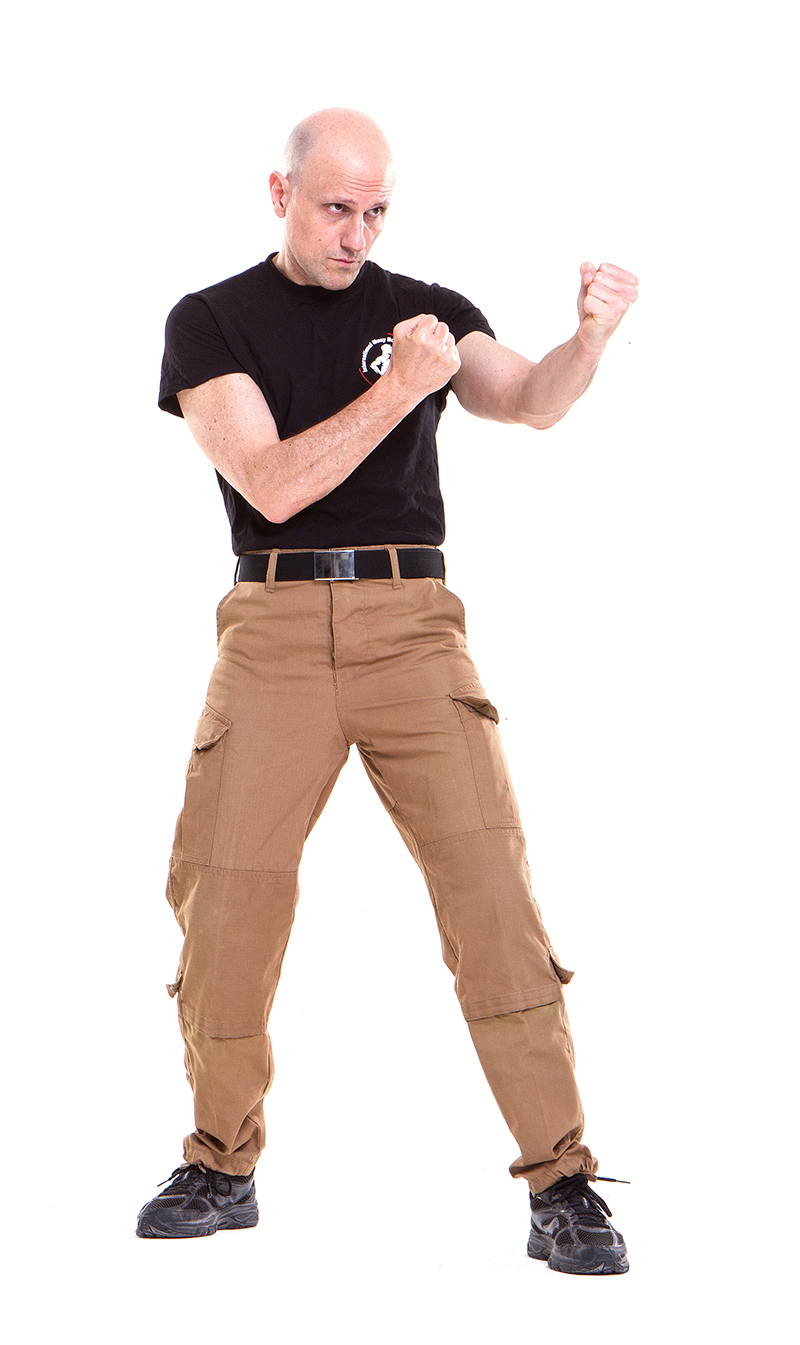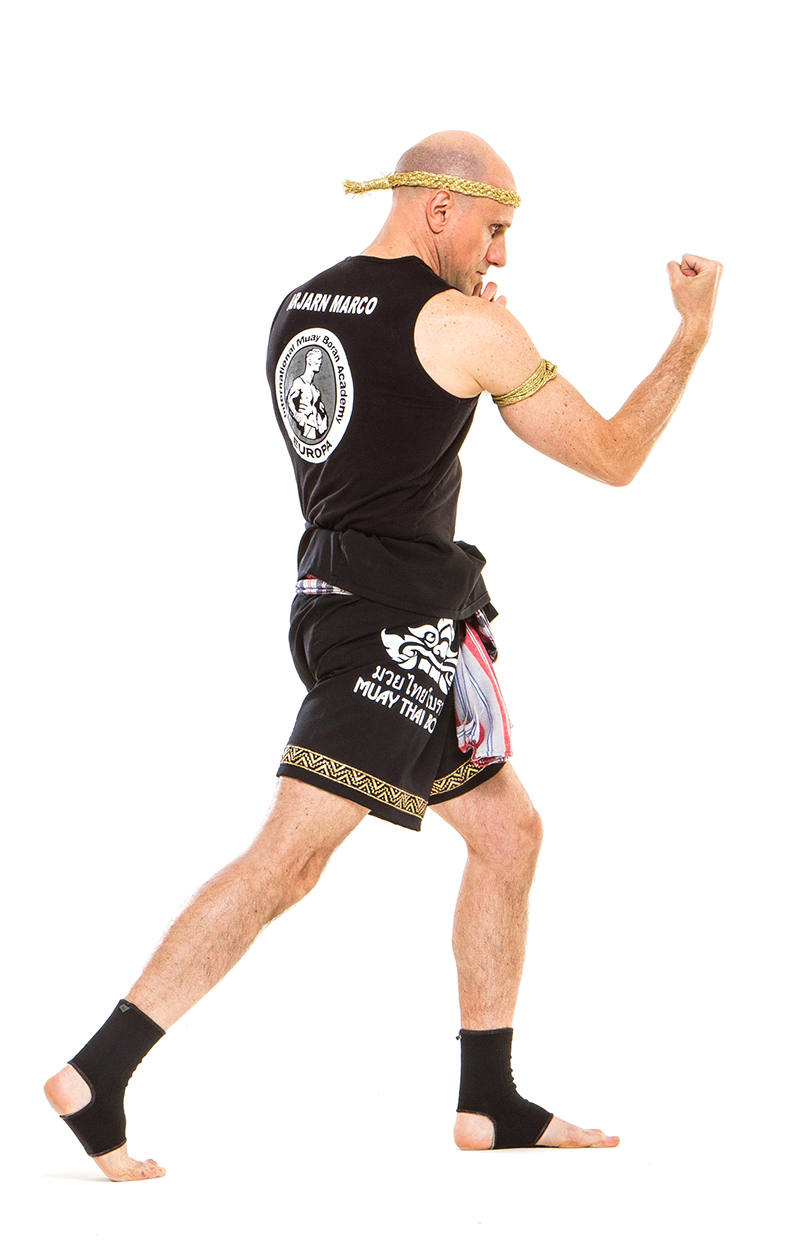
Ancient Muay from Lopburi (part 1)
Lopburi is the capital city of Lopburi Province located in central Thailand. It is about 150 kilometres northeast of Bangkok and it is one of the oldest cities in Thailand. The legend of the city’s origins can be found in a small monument, located in the northern district, commonly known as the Lopburi City Pillar Shrine or Look Son Shrine. It is uncertain whether it was constructed prior to or during the Khmer period. Located near the market in the north of the city, the shrine is usually called Son Phra Ram (Rama’s arrow). The origin of the city’s foundation is linked to the name Son Phra Ram and can be found in the epic poem Ramakien. The story tells about Phra Ram’s return from the war with Totsakan (Ravana). Since he wanted to establish a new city, with his powerful bow he threw an arrow that dropped on a mountain making it become a plain. Hanuman followed the arrow to the landing spot and used the soil to build the city’s wall. Then, Vishnu the preserver god manifested and created the new city. Phra Ram named the city Lop Buri. Following this tale, it has been assumed that the city pillar was Phra Ram’s arrow that become a monolith, while the hill that formed the city wall was the work of Hanuman , Phra Ram’s monkey general. It is no surprise that a semi-divine monkey like Hanuman is supposed to have helped to build Lopburi, looking at the close relationship Lopburi citizens have with apes. In fact, one of the biggest festivals held in Lopburi is the Monkey Festival that usually occurs on the last Sunday of November. Monkeys are a common sight all over the city and many people gather for the feast offered to them during this festival.
• The ancestral combat Art from Lopburi.
As the story goes, the mythical founder of Muay Lopburi was a Ruesi named Sukatanta, a powerful hermit, who was also the teacher of King Ramkhamhaeng the Great, ruler of Sukhothai kingdom from 1279 to 1298. Sukatanta Ruesi was said to be the founder of the very famous Khao Samorkhon combat school in Lopburi (around the year 1200 BC) where even kings and nobles sent their children to learn.
But who were Ruesis? The word Ruesi has its origin in the Sanskrit Rishi a Vedic term for an accomplished and enlightened person. In Thailand a Ruesi, ฤๅษี (or Luesi) is a hermit sage, the equivalent of a Rishi in India. The Ruesis perform magical rituals, practice astrology, and create amulets; they possess mind powers and, according to popular beliefs, some of them have attained supernatural powers such as the ability to float and see the future. They are also expert in herbalism (a discipline based on the use of medicinal plants). The Ruesis also made use of magic spells using wooden sticks, just like the Druids found in Celtic tradition.
The elusive Ruesis were also reputed to possess a deep knowledge of the ancestral fighting arts: consequently, it is not surprising that one of the most ancient and mysterious styles of Muay is linked to a “supernatural” figure like Sukatanta Ruesi.
Technical features of Muay Lopburi.
An often debated question among scholars is as follows: is Muay Lopburi a Muay Lak or Muay Kiao martial art? Muay Lak or firm boxing is typically embodied by north-eastern style Muay Korat while Muay Kiao or agile boxing’s most renowned representative is southern style Muay Chaiya. Muay Lopburi has a mixed nature since some of its technical characteristics are similar to Muay Lak style (forward movement, heavy punches) while some others may look like Muay Kiao (sophisticated defense and sharp counter moves). All in all, Muay Lopburi is a complete, versatile style that can be adapted to most practitioners’ physiques and psychological characteristics. For this reason Muay Boran teachers used to call this martial art ”clever”: and clever must be all trainees who want to successfully study Muay Lopburi.
• Step 1: Muay Lopburi guard position.
One of the most typical technical features of this style is its guard position or Jot Muay: with his hands turned upward in the fundamental guard called Prakarn Perd Lok a Lopburi fighter could easily throw Mahd Suhy Dao upward swings, one of the trademarks of the style. As a side note, this position shares many characteristics with old western bareknuckle boxing guard. The golden rule when applying this guard was: “protect the chin, attack the chin”. In fact, the main target for uppercut swings was the point or sides of the chin, a sensitive area that western bare-knucklers called the button. Press the button to turn off the light, that was the rule.
The first Ta Mae Mai or basic technique the Lopburi boxer was instructed to apply from the fundamental guard was the uppercut punch or Mahd Suhy: the boxer slightly flexes his knees to store energy in the legs and with a powerful upward surge projects all his body towards the sky. The powerfully built shoulders (a typical body characteristic of Lopburi stylists) are explosively turned (following the hips’ torsion) and propel the bent arm upwards. If the knuckles of the closed fist impact against the side or bottom of the opponent’s chin the result is devastating. Many knockout artists still use this clever tactic nowadays in Boxing or Muay Thai fights, all over the world.
When the Lopburi stylist is forced to defend himself, for example against a straight lead to the face he doesn’t step back; instead, he steps forward, swiftly slips the punch and counters almost simultaneously with an explosive uppercut to the chin: this is the refined art of Yo Khao Phra Su Meru maneuver. That’s counter punching at its best.
…to be continued..




